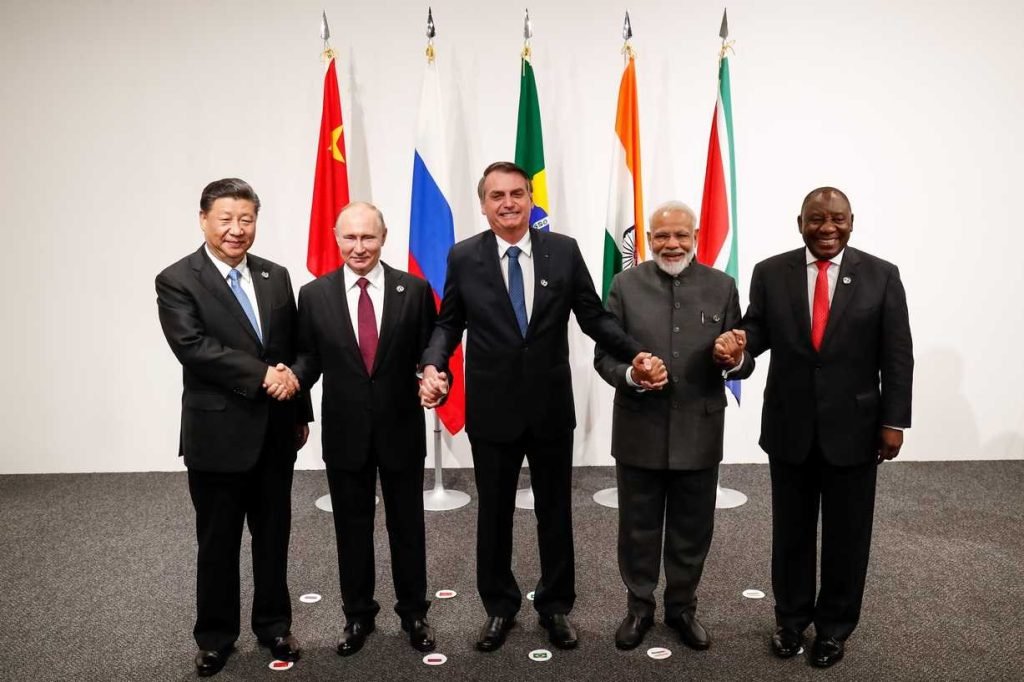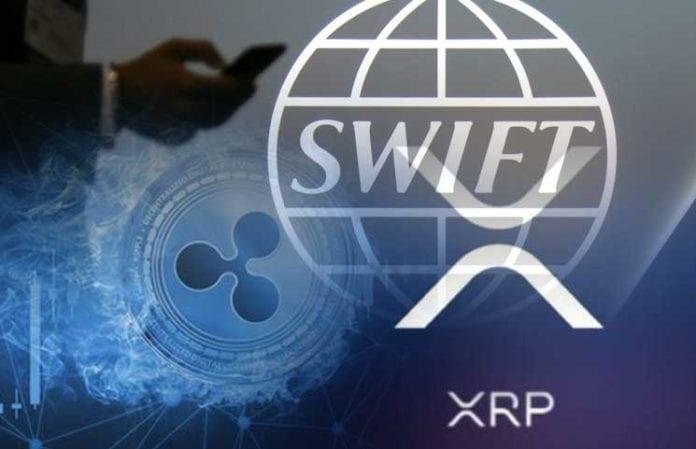- The BRICS alliance is developing a new payment system to enhance economic cooperation.
- This system aims to operate independently of traditional infrastructures like SWIFT.
- India and the UAE have already tested XRP for an oil transaction.
- XRP’s adoption could significantly impact its market value, with predictions reaching $10,000 per XRP.
- XRP offers faster, cheaper transactions compared to traditional systems like SWIFT.
The BRICS alliance—comprising Brazil, Russia, India, China, and South Africa—is taking significant steps to reduce their reliance on the US dollar for international transactions.
Russian President Vladimir Putin recently confirmed that BRICS is moving forward with an independent payment system.
This new initiative aims to facilitate cross-border settlements among member nations, potentially using XRP, a cryptocurrency associated with Ripple, as a core component.
This proposed system seeks to operate independently of traditional financial infrastructures like SWIFT. By doing so, BRICS aims to provide a more efficient and cost-effective alternative for international transactions.
This development could mark a pivotal change in global trade dynamics, especially as member nations seek to lessen the dominance of the US dollar.
Adoption of XRP in Transactions

Recent reports indicate that India and the United Arab Emirates have already utilized XRP for a significant oil transaction – although a recent video debunks it as fake news.
Either way, this marks a potential shift from dollar-denominated trade, aligning with BRICS’s broader strategy of de-dollarization. If confirmed, this transaction would signify a pivotal moment in international trade dynamics, reflecting a growing trend among BRICS nations to explore alternative currencies and payment methods.
The adoption of XRP in such transactions could have far-reaching implications for the cryptocurrency market.
Analysts like Robert Doyle predict that widespread use of XRP in BRICS transactions could propel its price to unprecedented levels.
Some forecasts even suggest a potential rise to $10,000 per XRP, based on its advantages such as rapid transaction speeds and low fees.
Speed and Cost Comparison: XRP vs Traditional Payment Systems

XRP offers significant advantages over traditional payment systems in terms of speed and cost for cross-border transactions.
XRP transactions settle within seconds, compared to days for traditional banking systems.
The XRP Ledger can handle up to 1,500 transactions per second, far exceeding the capabilities of Bitcoin (7 TPS) and Ethereum (15 TPS).
In terms of transaction costs, XRP fees are minimal, often less than a cent. Traditional payment methods, especially for international transactions, involve high fees.
For instance, SWIFT transaction fees generally range from $10 to $50 per transaction. The costs can vary widely, and additional fees may be incurred due to intermediary banks involved in the transaction. This makes traditional methods unpredictable and often more expensive compared to XRP.
XRP’s direct transactions eliminate the need for multiple intermediary banks, enhancing transparency and reducing delays and complexity. Its use as a bridge currency provides efficient liquidity for cross-border payments.
While Ripple’s network is still gaining widespread adoption, the speed, low costs, and transparency of XRP transactions make it an attractive option for streamlining international payments.
Conclusion
The BRICS alliance’s exploration of a new payment system utilizing XRP represents a significant shift in the global economic landscape.
By potentially adopting cryptocurrencies like XRP, BRICS countries aim to enhance their economic independence and challenge the existing dominance of the US dollar.
As these developments unfold, they could reshape international trade practices and offer new opportunities for cryptocurrencies in global finance.
The move could also have a significant impact on XRP’s market value, making it an exciting prospect for investors and cryptocurrency enthusiasts.
The ongoing evolution of this story will be crucial to watch, as it could herald a new era in international finance and trade.
Previous Articles:
- Czech Government to Grant Financial Administration Access to Crypto Transactions
- SBI Digital Community Partners with Ripple to Promote XRP Ledger in Web3 Space
- Bizarre: Airbnb Host Forced to Ban Crypto Mining After $1,500 Electricity Bill
- Ripple Labs Tests Stablecoin RLUSD on XRP Ledger and Ethereum Networks
- Binance to List Toncoin (TON) with Four New Trading Pairs
